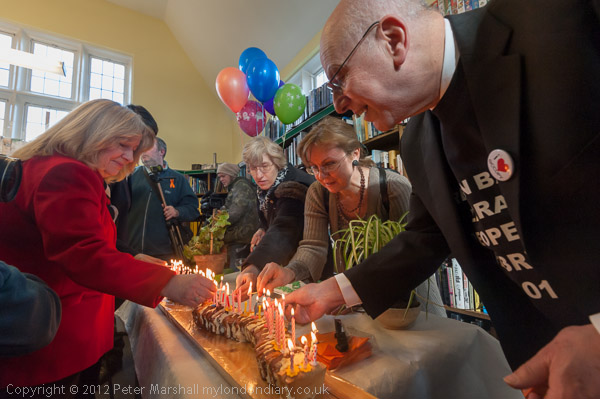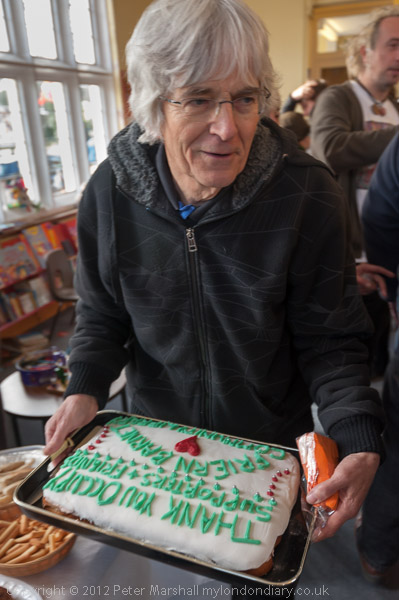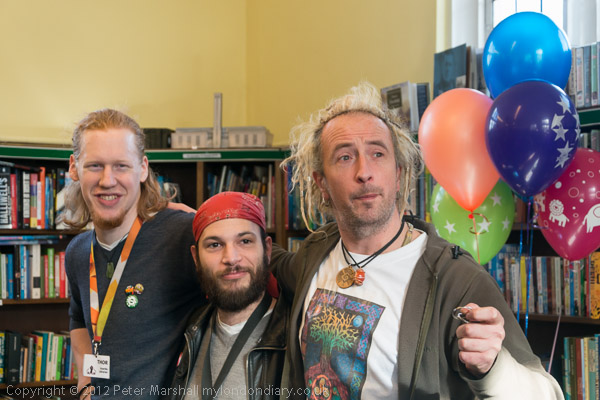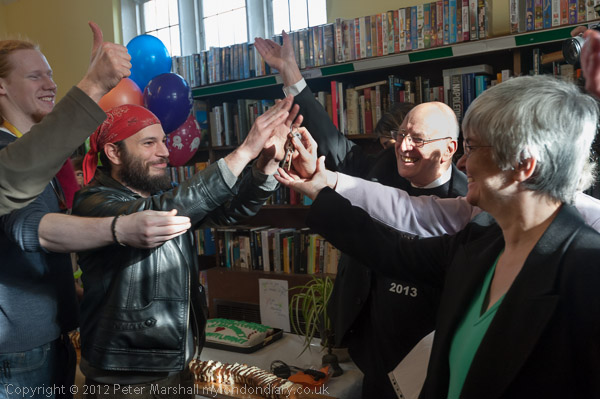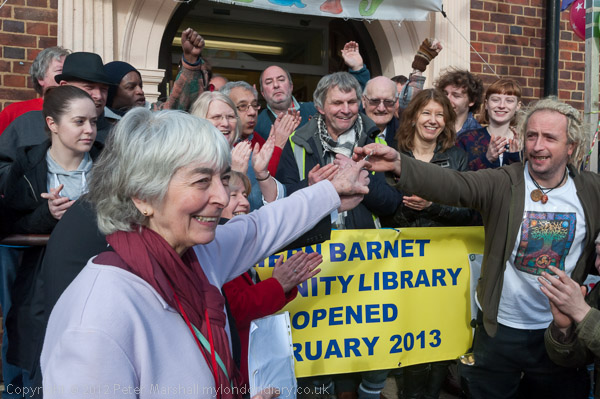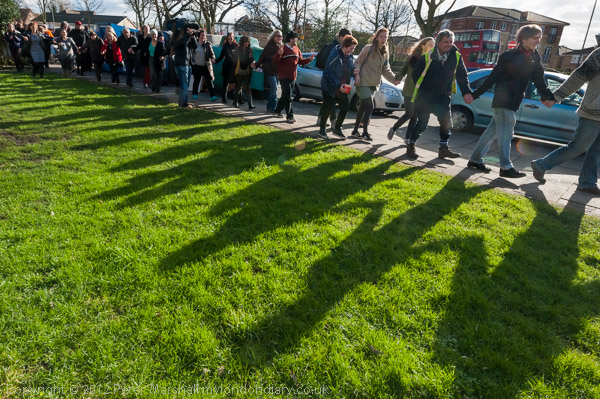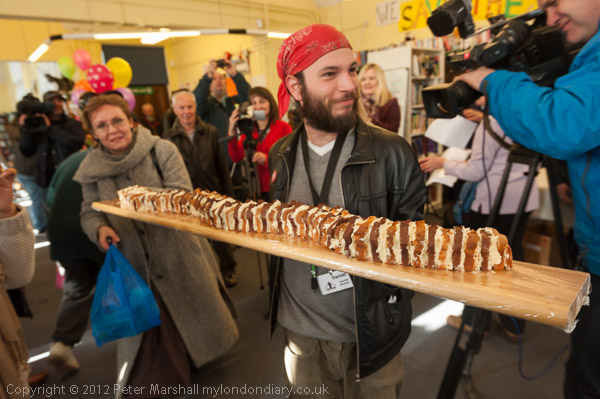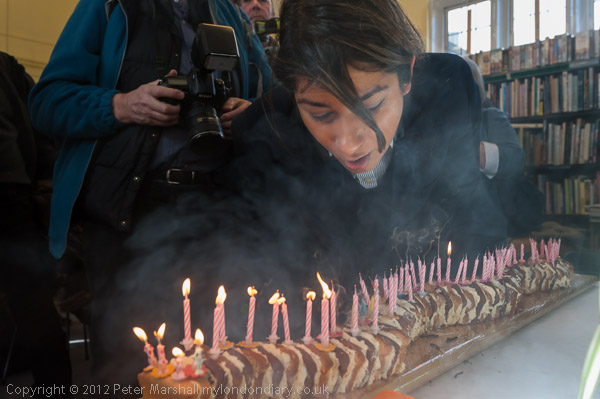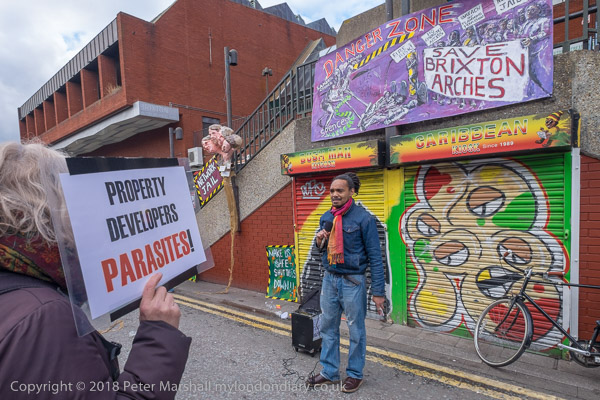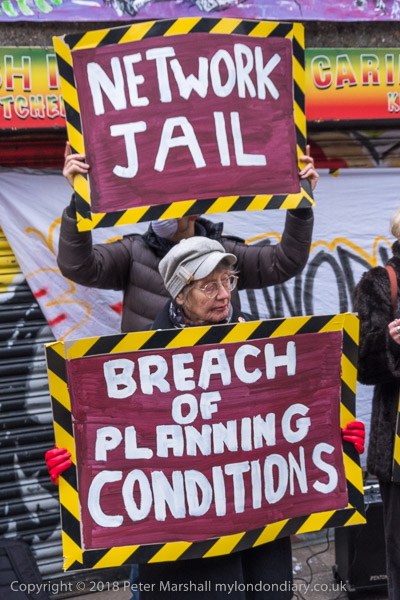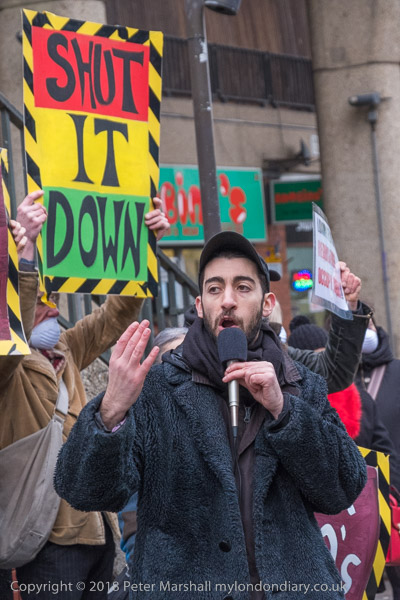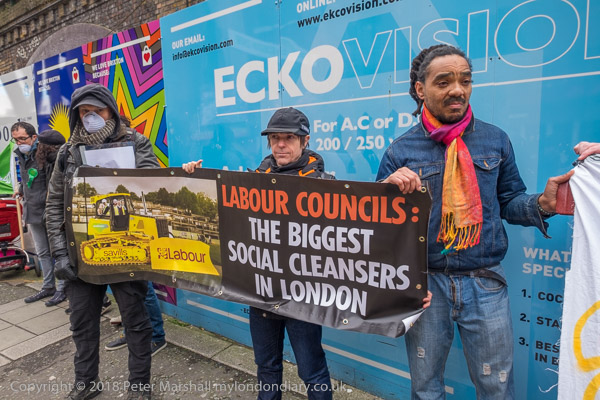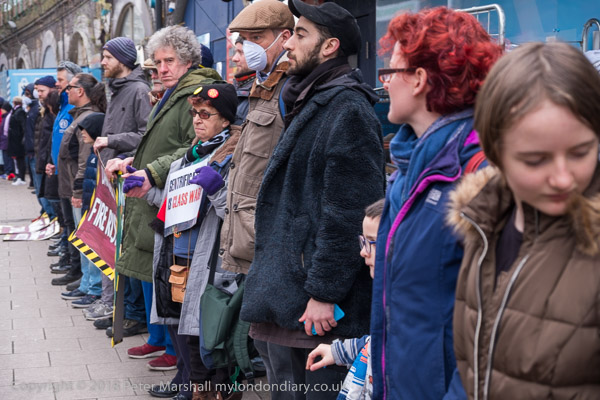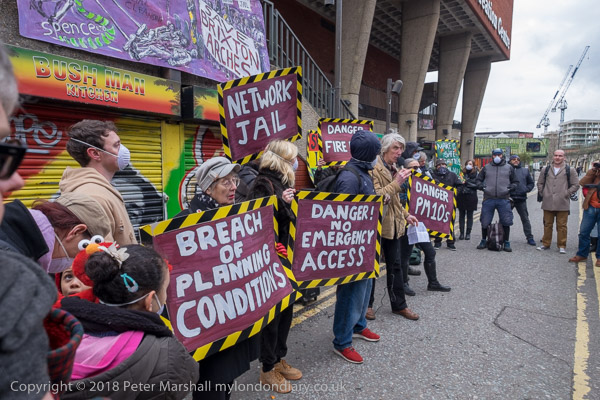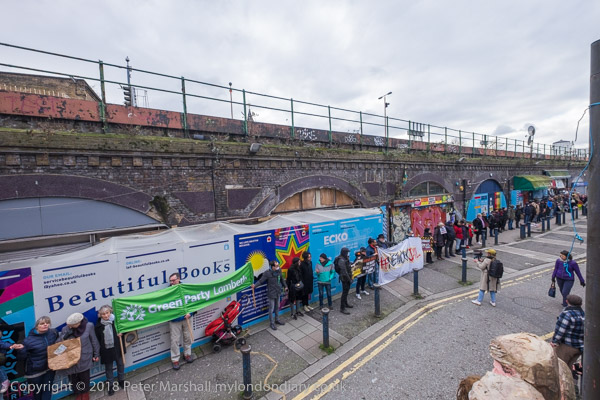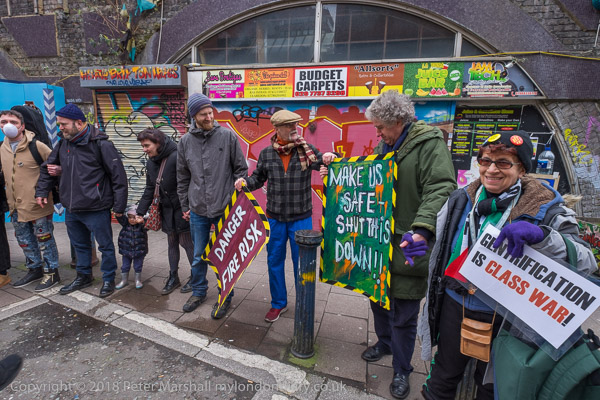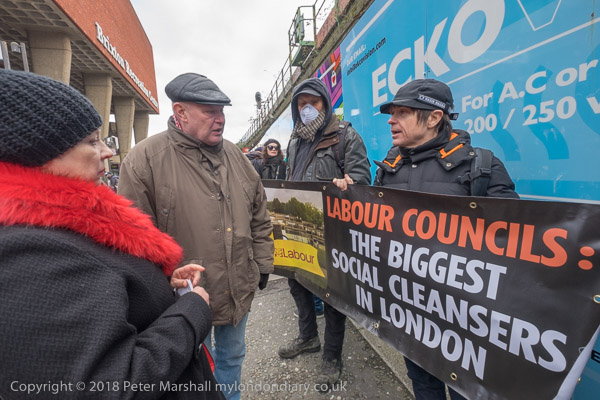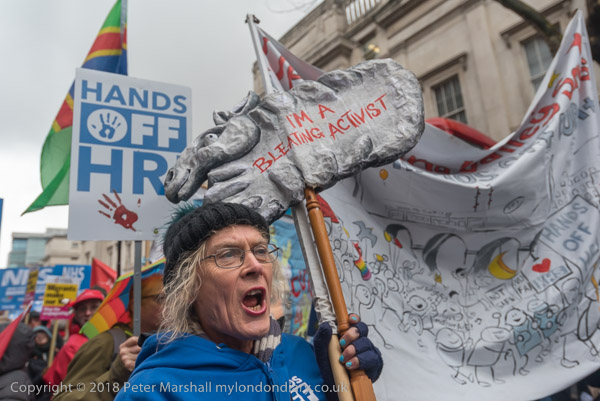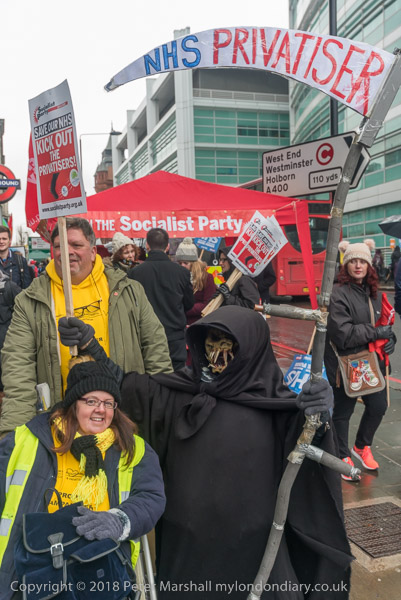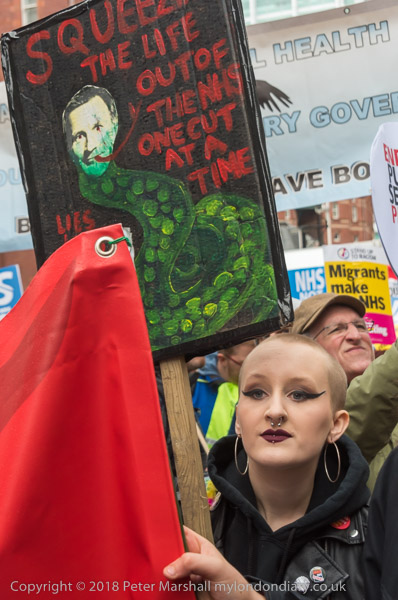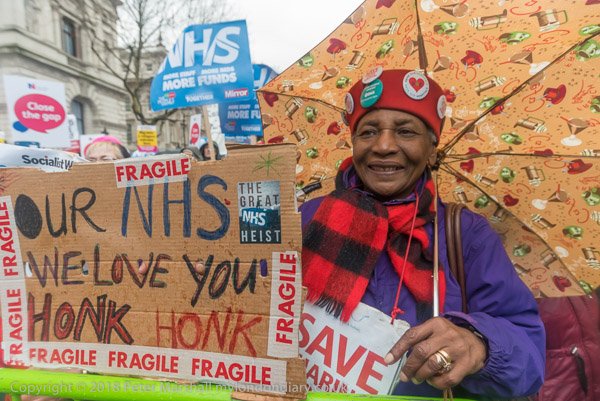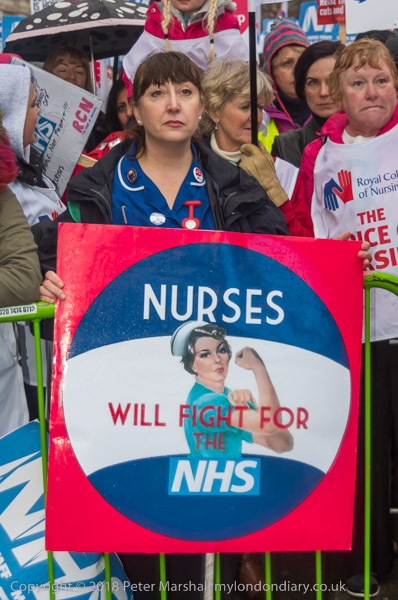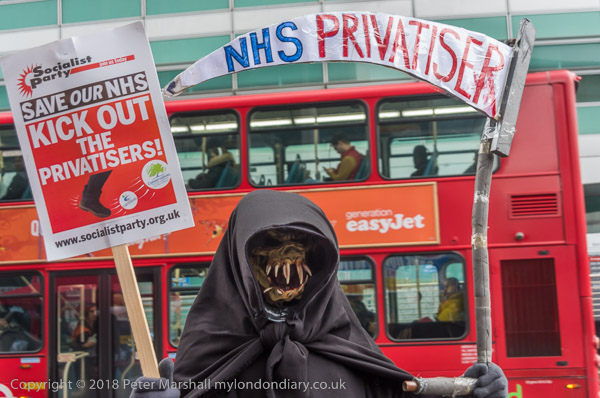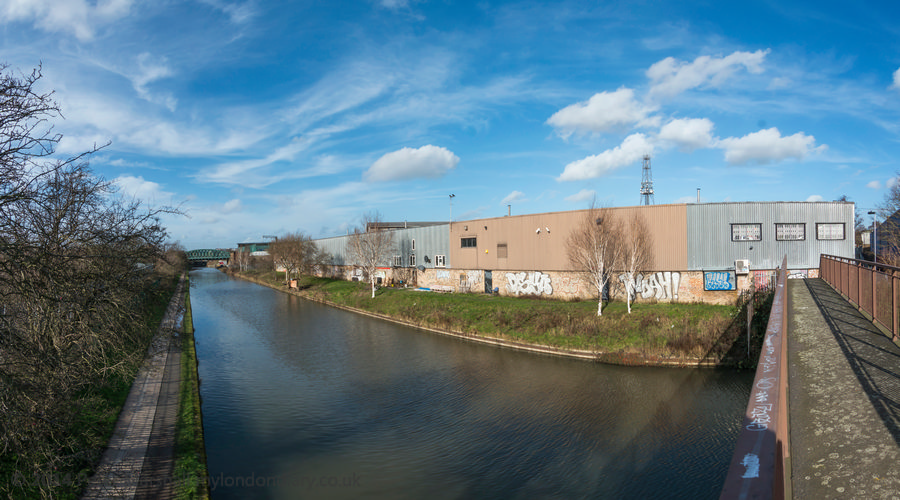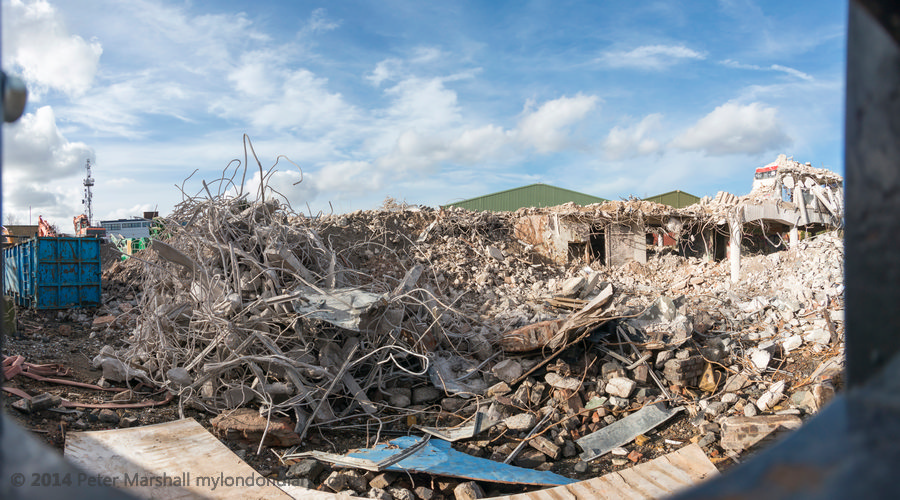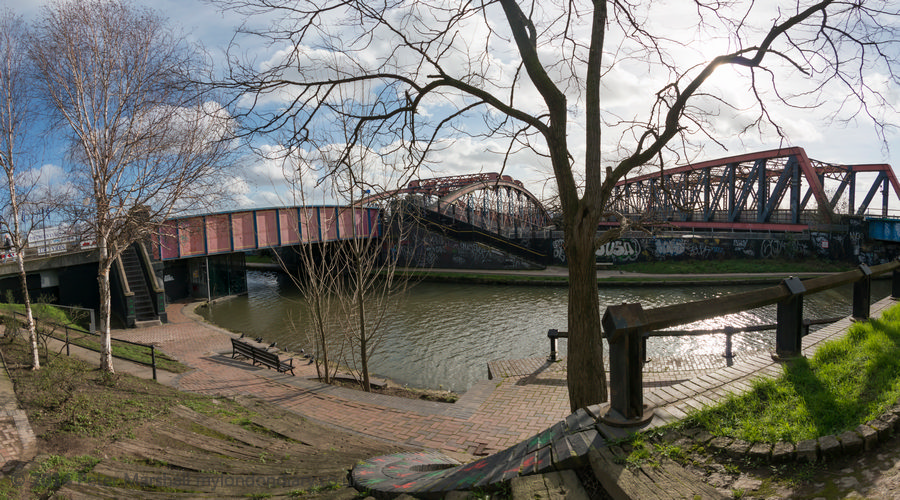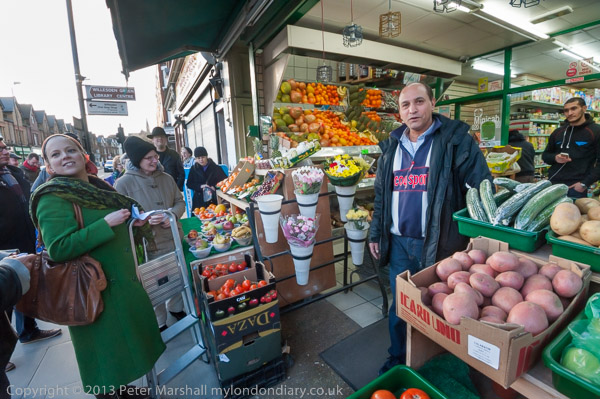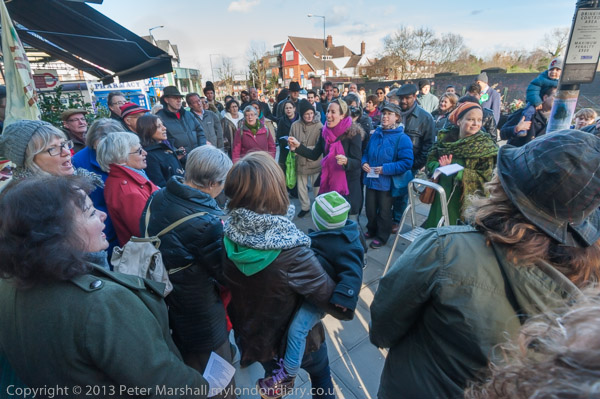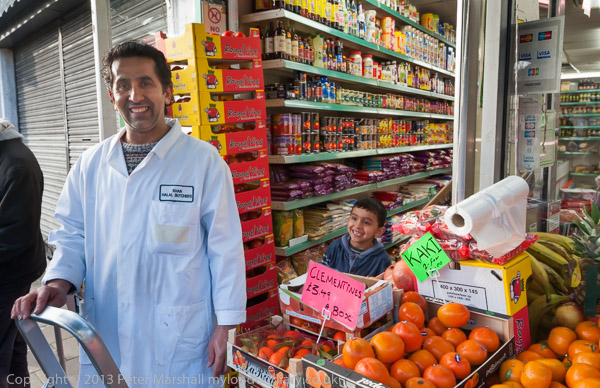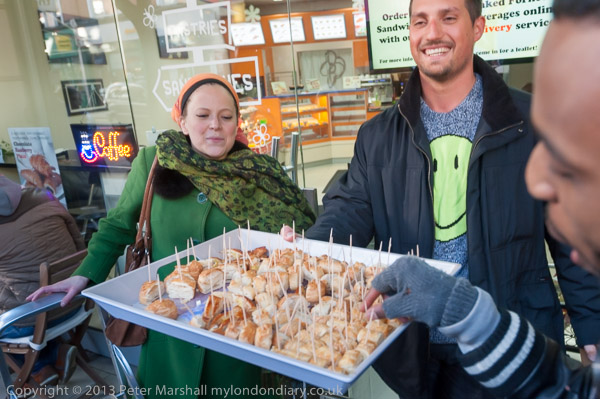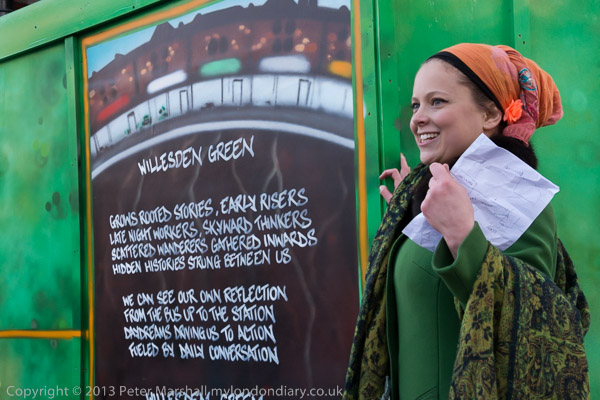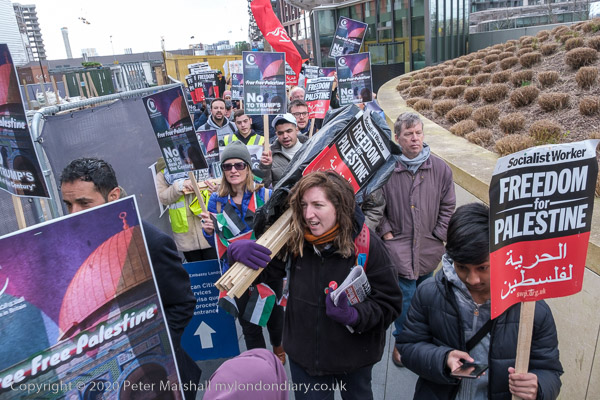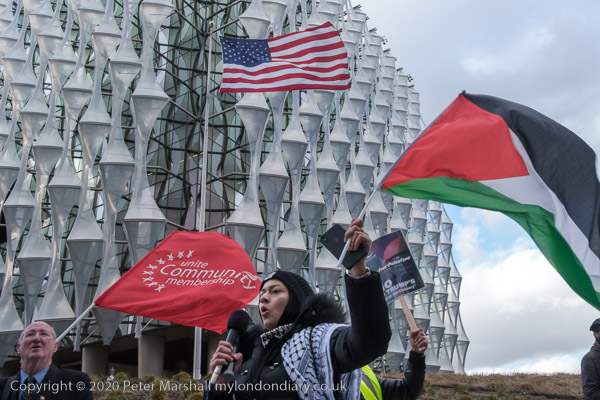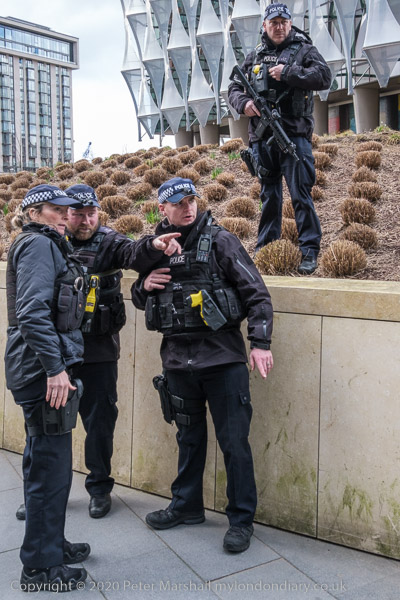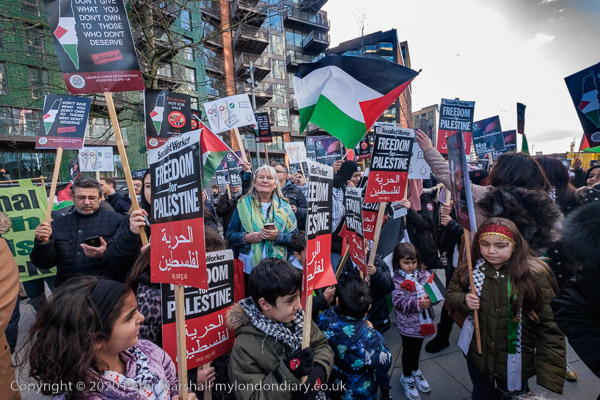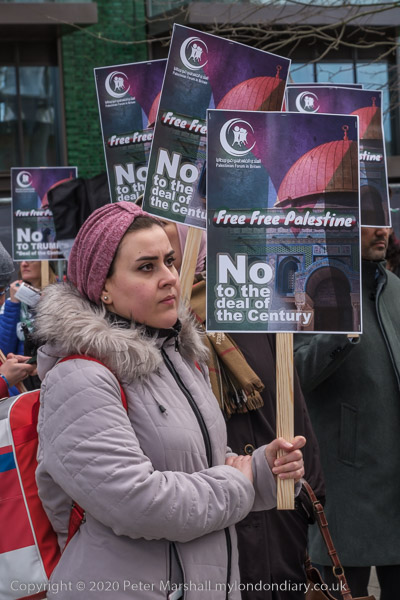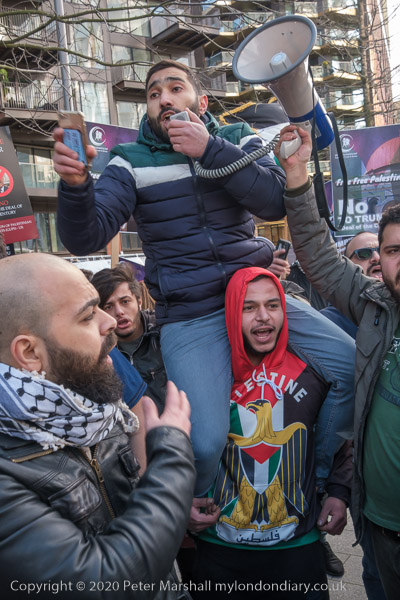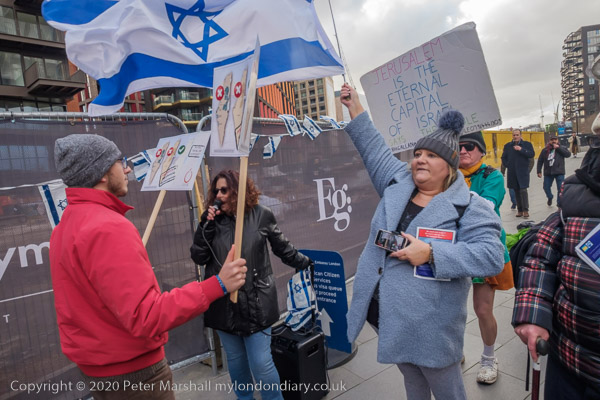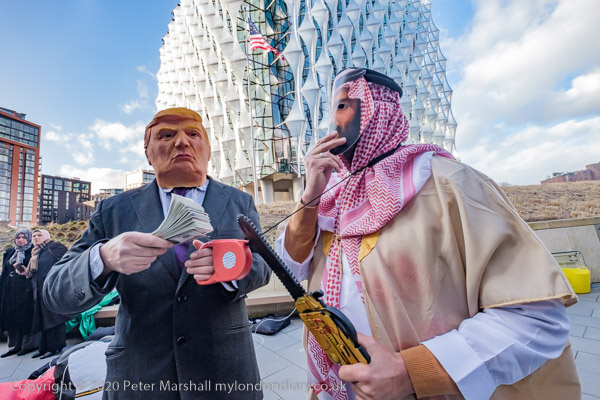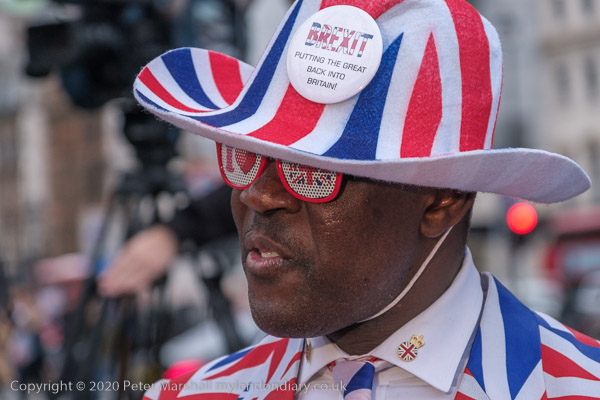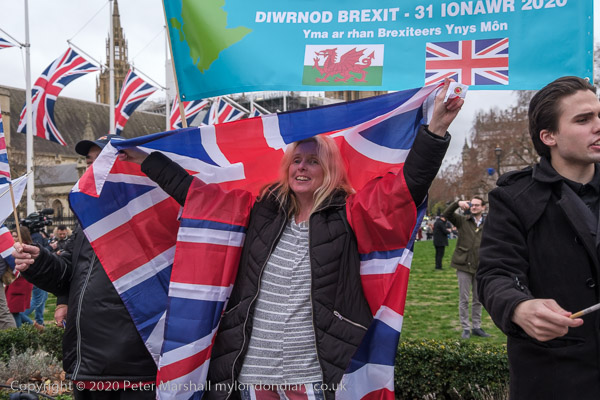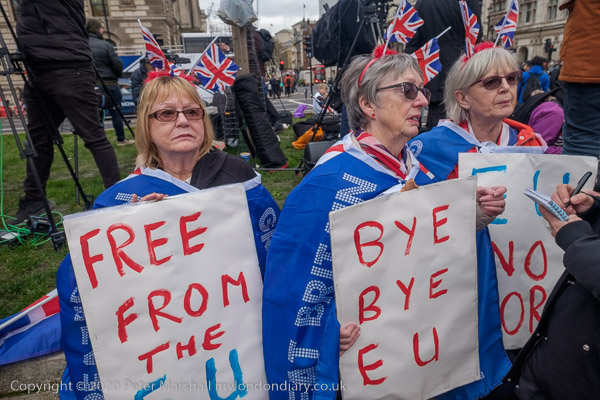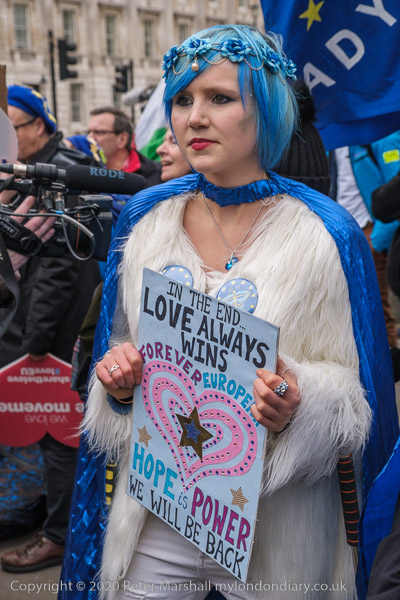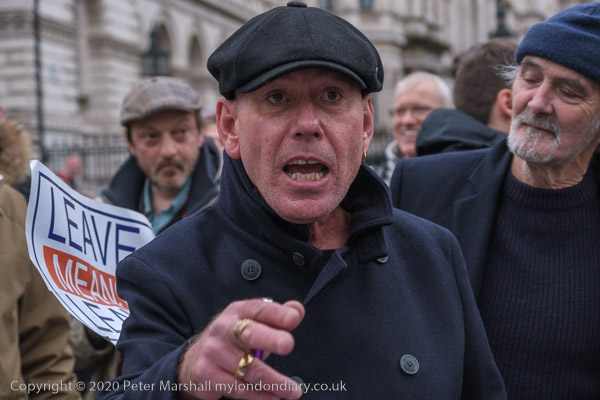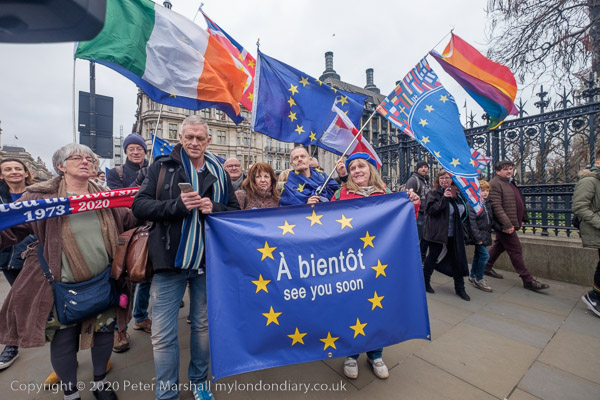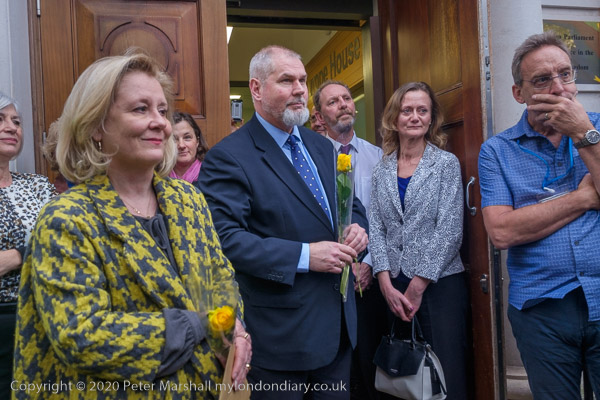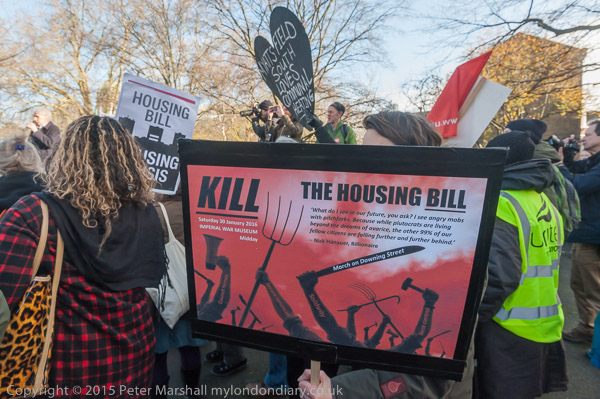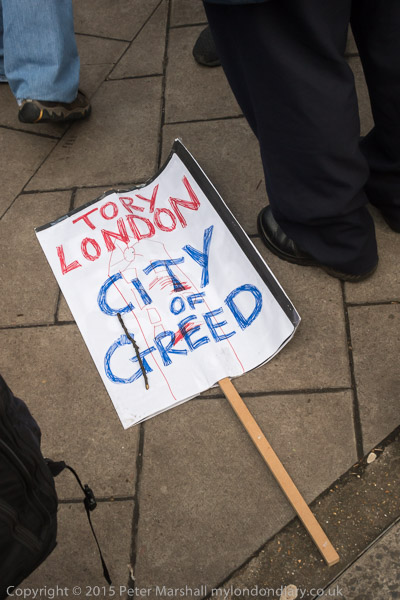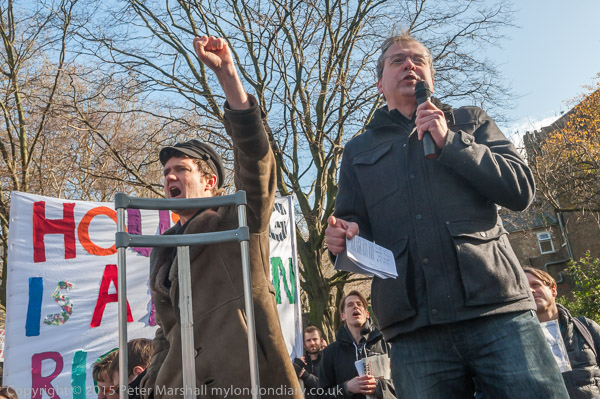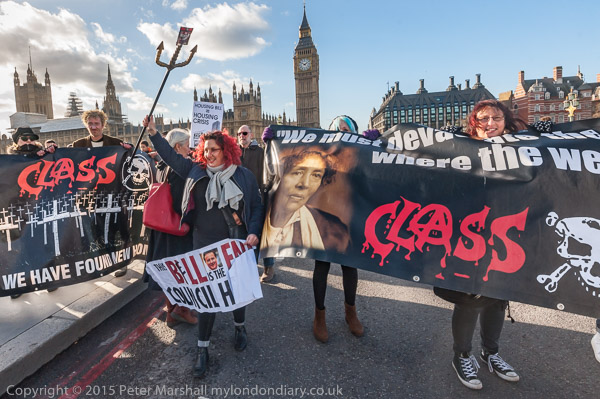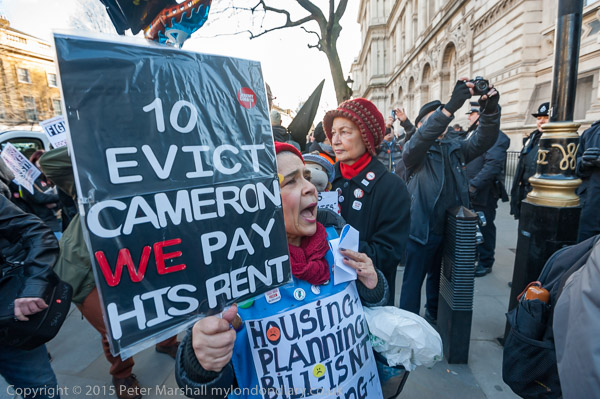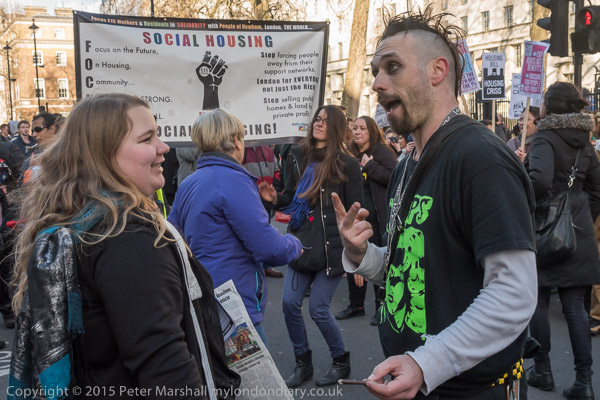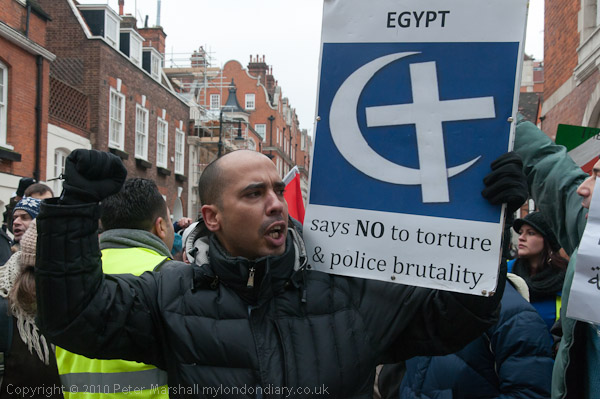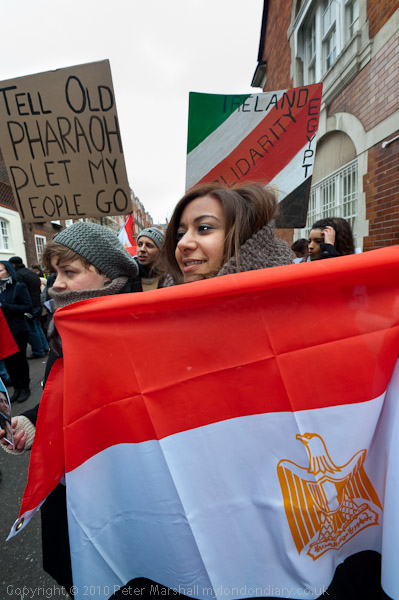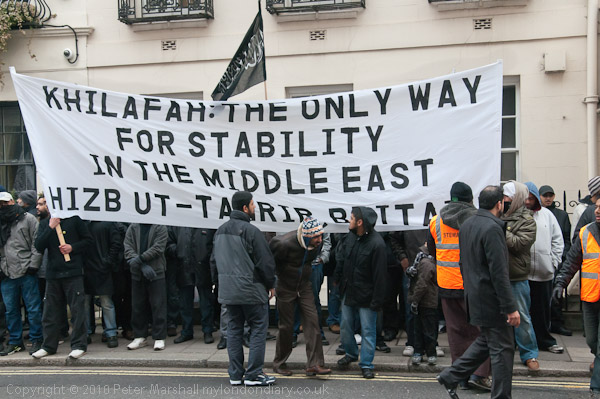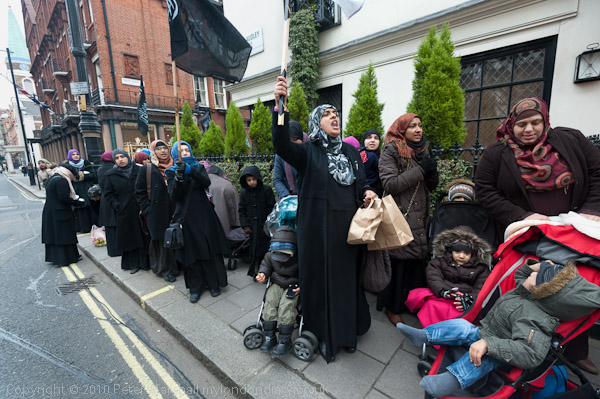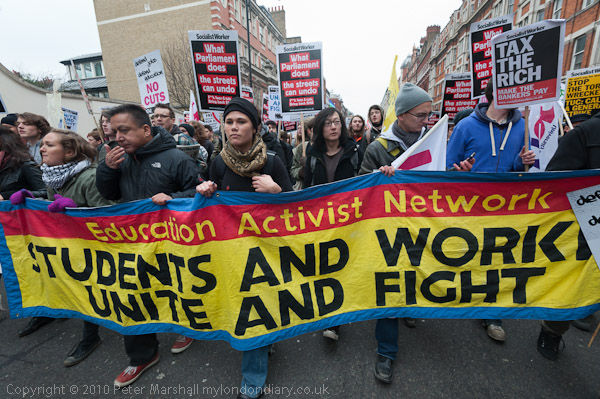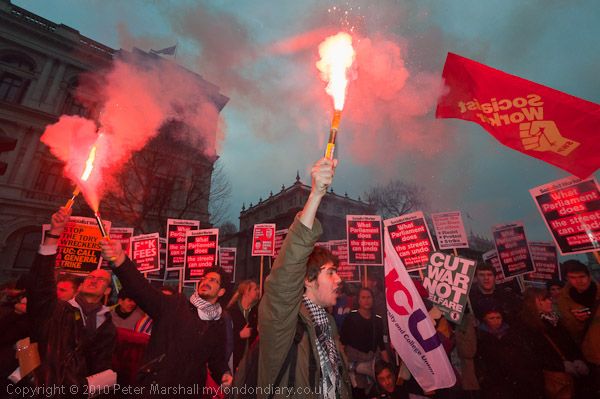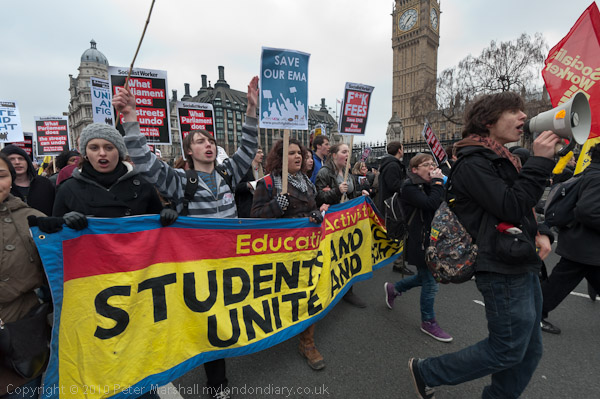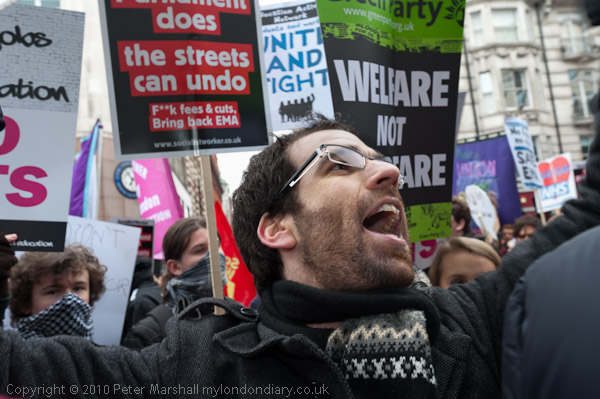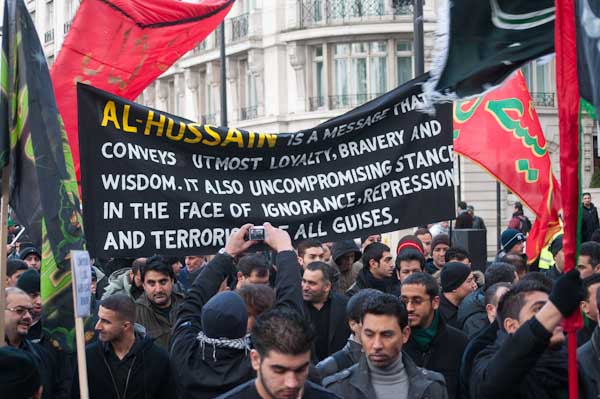
One side of my work on London that has perhaps been overlooked, certainly in my posts on this site, is the coverage of religious festivals. Of course not all are public events and most of my work has been on the streets, but there are many processions and similar events that I’ve been able to photograph, mainly by Christians, Sikhs, Hindus and Muslims.
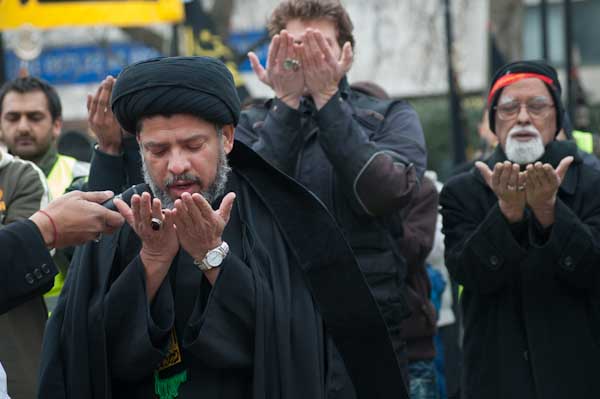
Some of these have been taking place in London for many years – such as the annual procession from the Italian Church in Clerkenwell which dates back to the Victoria era, while others have only come here as London has become more multicultural with the arrival here of many from our former colonies. But we have also seen a revival of some older traditions in more recent years, for example with more Christian processions of faith on Good Fridays, as well as the importation of Christian events from other countries and such as the annual blessing of the River Thames.
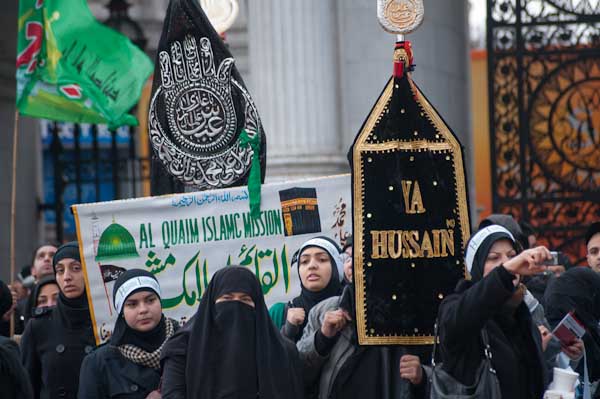
One of the larger and more colourful of these annual festivals is the Arbaeen procession of mourning by Shia Muslims organised in London by the Hussaini Islamic Trust UK since 1982, the largest and oldest such event in Europe.
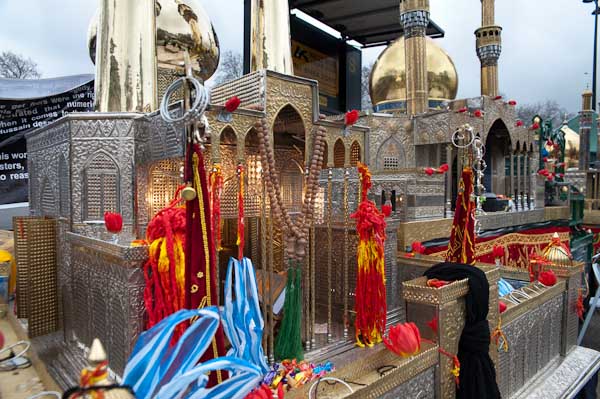
It commemorates the sacrifice made by the grandson of Mohammed, Imam Husain, killed with his family and companions at Kerbala in 680AD and takes place on the Sunday following the end of 40 days of mourning the martyrdom of Husain.
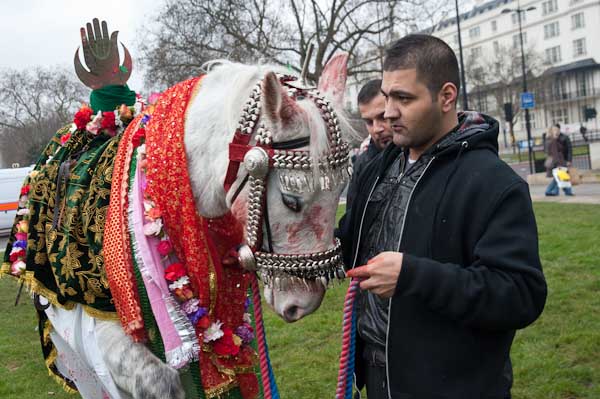
I’ve photographed this event on several occasions, and in 2010 I wrote:
Imam Husain is seen by Shia Muslims as making a great stand against the oppression of a tyrant and representing the forces of good against evil. Husain and his small group of supporters were hugely outnumbered but chose to fight to the death for their beleifs rather than to compromise. Their stand is a symbol of freedom and dignity, and an aspiration to people and nations to strive for freedom, justice and equality.
London Arbaeen Procession
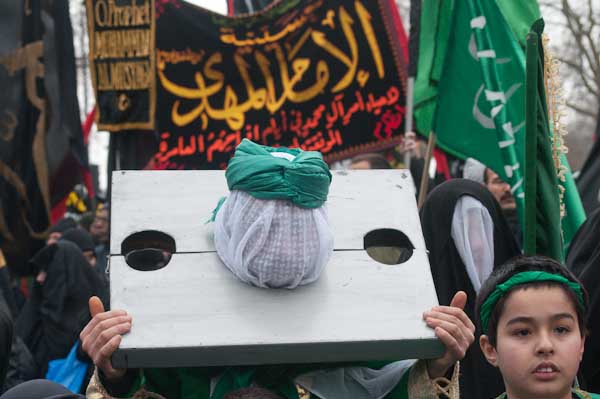
You can see and read more about the procession, with its impressive silver and gold replicas of the shrines of Karbala, Zuljana, the horse of Imam Husain, its flags and banners, the re-enactment of the events by children, the prayers and recitations,

and the beating of breasts on My London Diary: London Arbaeen Procession.
You can also find pictures of the Arbaeen processions in March 2007, March 2008, February 2009, Jan 2011 and Jan 2012 on My London Diary.
All photographs on this and my other sites, unless otherwise stated, are taken by and copyright of Peter Marshall, and are available for reproduction or can be bought as prints.









